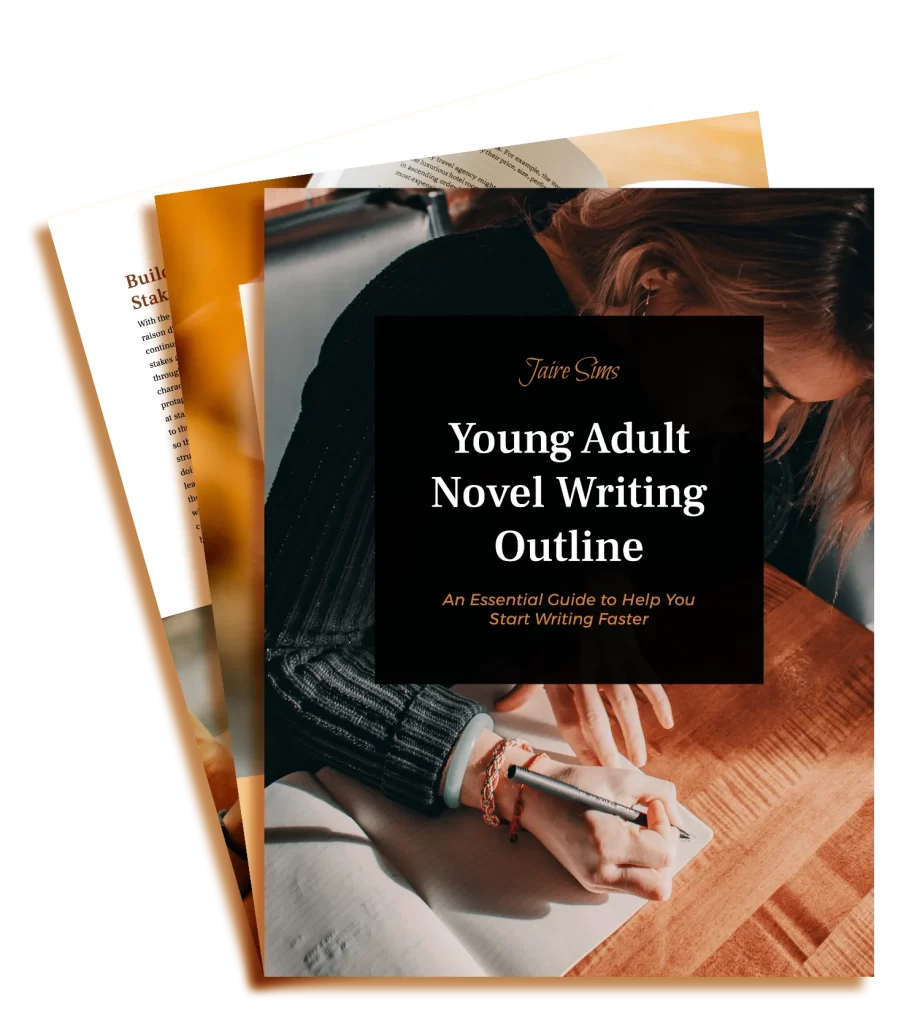Want to Hook Your Readers? You Need to Nail the Beginning!
If you’ve been writing for a while, then no doubt you know that all stories need a beginning, middle, and end. For those reading who are new to writing, then trust me, the fundamental structure for storytelling is everywhere.
Think about any conversation you have: You don’t just start with, “My mom got an award yesterday,” and leave it at that. Or maybe you do, and if so, you’re a monster (I kid! …mostly!) But a statement like that could be the story’s beginning, middle, or end. On its own, it’s the beginning and end and isn’t enough. People want to know more.
So I want to provide a starting point and review some of the basic points in developing the structure of your novel, beginning at, well, the beginning!
Where to Start?

As you may know, Maria Rainer from the Sound of Music sings where we should begin. Every good story needs to start somewhere, and that’s entirely up to you. But some vital elements make for a better beginning.
By including these structural foundations in the opening moments of your manuscript, you’re sure to get readers interested and invested in what comes after the first third.
Introduce Your Cast

At the very least, you must introduce your audience to your main protagonist early on, if no one else in your story. Provide insight into their character, motivations, background, and those sorts of details.
But avoid a large “info dump” of exposition. Keep your readers engaged by offering little bits at a time. Less is more, as they say, and it holds true for exploring your characters.
Hook Readers

To make readers stick with your story, you’re going to need compelling hooks. What’s a hook? It’s a plot device that grabs readers’ interest, pointing them towards a specific part of your world and keeps them reading to learn more.
As long as it occurs within the first few sentences of your manuscript, you should be able to get your audience to stick around until the end of your book. Some staples are:
- A vivid description uses specific language to create a clear image in the imagination, capturing attention.
- Declarations that focus on a particular circumstance, like a prophecy or an announcement, ideally be resolved later.
- Asking a big question off the top that won’t be answered until later in the story.
- Using similes and metaphors to better illustrate an aspect of your story and help readers connect.
Streamline Your Process
The Tool Every Writer Needs

Set the Scene

Your story happens somewhere, and the sooner you can illustrate the setting for your novel, the quicker readers can connect to the world. You don’t want them doing the mental gymnastics of trying to create it for themselves whenever someone speaks or does something.
That doesn’t mean you describe each intricate moment, but if you give them a broad idea of where an event is happening, it supports your narrative and will help readers engage.
Making a Mood

The tone or mood established for your story is almost as important as the setting. If you shift from, say, slapstick comedy to epic drama-horror halfway through your narrative, it’s going to confuse readers (but it’s cool to do both; it just needs to happen at the start of your book!)
So, early on, you want to make it clear what your audience can expect to feel, which is conveyed by setting, language use in dialogue, and other narrative factors. Consistency is key to keeping your readers connected to the story.
What’s At Stake?

Letting your audience know early on what the central conflict is and what’s at stake for your characters gives readers something to care about. Nothing engages more than a conflict that builds tension.
People naturally want that tension to be relieved, so they want to read more to get that resolution. When something is obviously at stake for the characters, there will be conflict and, thus, tension, so make sure that comes into play early in your manuscript, or no one will want to keep reading.
The Inciting Incident

Again, a common phrase in the writing world, but it can easily be misunderstood. Having just written about conflict and stakes, I want to be clear that your inciting incident will be a source of conflict, but it shouldn’t be the most prominent point of tension in your story. It’s right there in the term “inciting.”
This is just the incident that gets the ball rolling, so you’re allowed (and encouraged) to make some steeper hills for your characters to climb throughout if you want your readers to maintain the thrill.
Getting your book off the ground can be tricky. It’s challenging enough to just figure out what to write about, let alone do it well. But using these essential building blocks to introduce readers to your novel can increase your chances of success.
If you want a more in-depth look at creating a great introduction to your book, check out my course, where I give more detail and provide examples with other resources. I love reading the start of a story.
There’s so much excitement in the newness of it all, so I hope these notes all help! If you want to get in touch about anything, you know where to find me on social media or at jsims@jairesims.com.







